As summer’s vibrant blooms fade and the air grows crisp, you might look at your balcony and feel a sense of loss. Where once you saw lush greenery and colorful flowers, now you might see empty pots and dormant spaces. This common feeling, the “what now?” after the main growing season, does not mean your small outdoor haven must remain bleak or neglected. Your balcony offers incredible potential for beauty and purpose, even during fall and winter. With a little creativity and practical guidance, you can transform your bare balcony into an inviting, active, and aesthetically pleasing extension of your home.
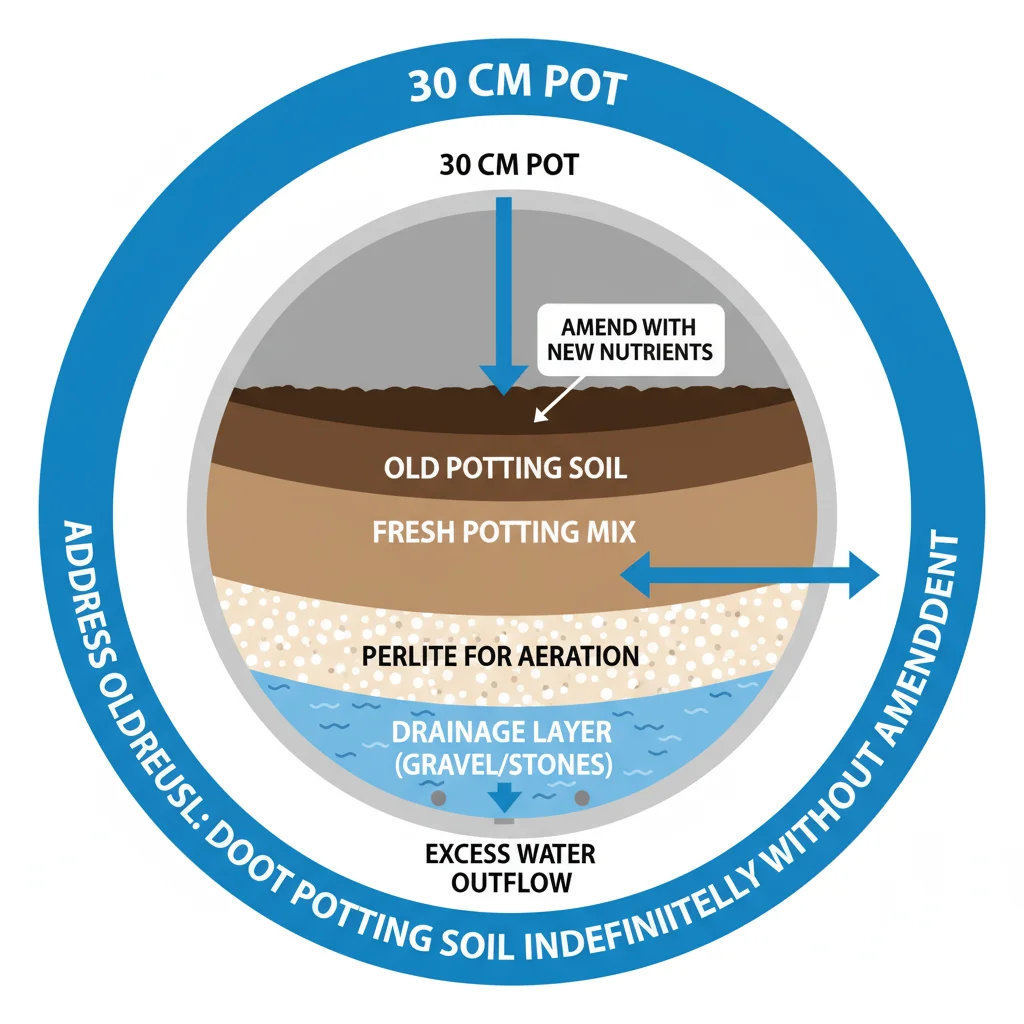
This article provides practical, actionable insights for small-space gardeners, helping you reimagine your empty balcony. You will discover how to transition your space from summer’s bounty to a cozy, vibrant, and functional autumn and winter retreat. We focus on low-maintenance solutions and environmentally conscious practices, ensuring your gardening efforts remain enjoyable and rewarding throughout the cooler months.
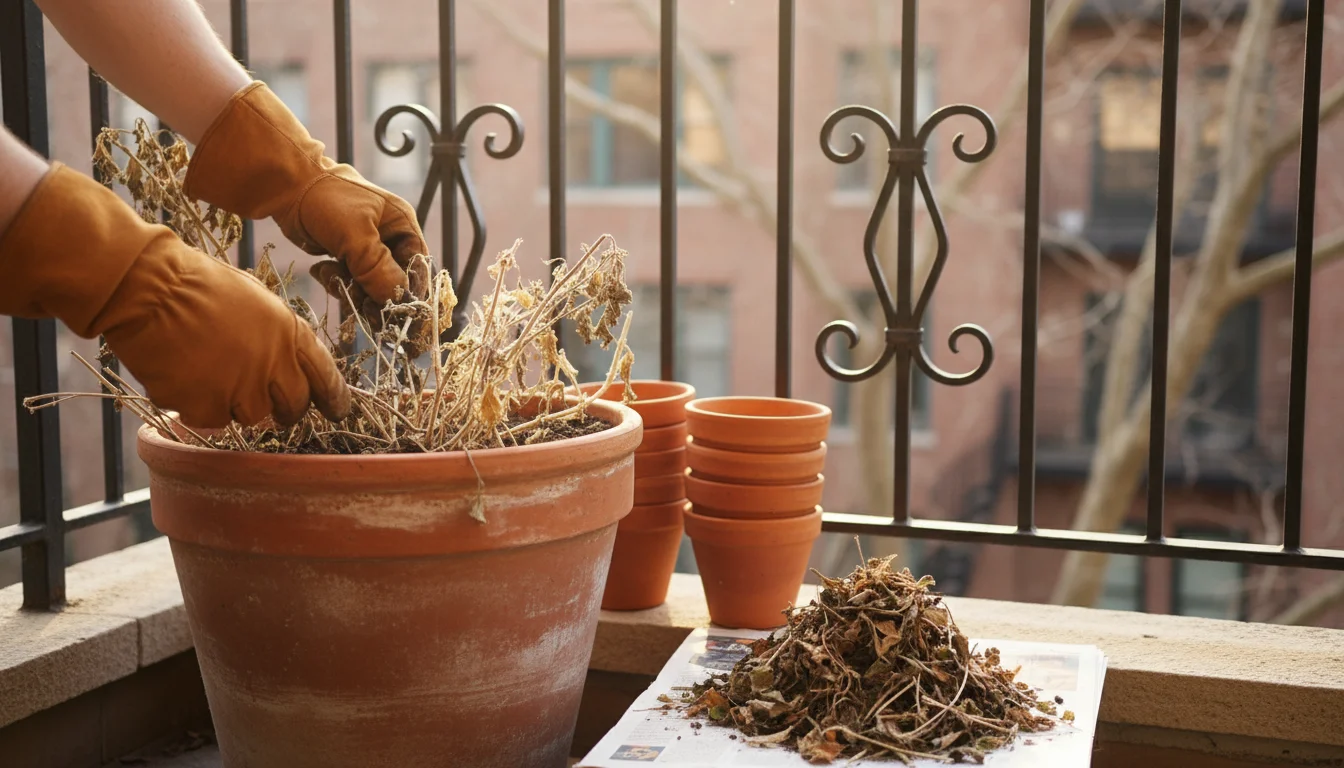
Reclaiming Your Space: The Importance of Fall Garden Cleanup
The first step in revitalizing your balcony for fall and winter involves a thorough garden cleanup. This process is more than just tidying up; it serves as a crucial preventive measure against pests and diseases, and it prepares your small garden for its next phase. Think of it as hitting the reset button, giving you a clean slate for new decorative elements or hardy plants. You will find that a systematic cleanup creates a more manageable and enjoyable gardening experience.

Why Fall Cleanup Matters for Small Spaces
In limited spaces, neglected plant debris quickly becomes a breeding ground for overwintering pests and fungal spores. Diseases like powdery mildew, which thrives in humid conditions, can cling to old leaves and infect new growth in spring. Removing spent vegetation and sanitizing your containers drastically reduces these risks. A clean balcony also looks more appealing, inviting you to spend time there even when temperatures drop. This proactive approach saves you significant effort and potential heartache during the next growing season.

Step-by-Step Fall Cleanup for Your Balcony
-
Remove Spent Annuals and Diseased Material: Pull out all annual plants that have finished their life cycle. These include petunias, impatiens, and marigolds. Inspect any remaining perennial plants for signs of disease or pests. For example, if you notice black spot on rose leaves or powdery mildew on a trailing plant, remove and dispose of those affected parts immediately. Do not compost diseased plant material, as it can spread pathogens. Instead, bag and discard it to prevent future outbreaks.
-
Prune Perennials and Shrubs: For hardy perennials you plan to keep, such as hostas or certain herbs, prune back any dead or yellowing foliage. Some gardeners prefer to leave certain seed heads for winter interest or as food for birds. Research specific pruning needs for your plants; for example, you generally prune lavender in early spring, not late fall. For small shrubs like dwarf conifers, a light tidy-up to remove broken branches is usually sufficient. This thoughtful pruning helps direct the plant’s energy toward root development and winter survival, promoting stronger growth next spring.
-
Clean and Store Empty Pots and Tools: Thoroughly empty and clean any pots that will not be used during fall or winter. Scrub them with a stiff brush and a solution of one part bleach to nine parts water, or a strong detergent, to kill lingering pathogens. Rinse them well. Allow pots to air dry completely before stacking and storing them in a protected area, such as a shed, closet, or under a waterproof cover on your balcony. Clean your gardening tools by removing any soil, sharpening blades if needed, and oiling moving parts to prevent rust. Proper storage extends the lifespan of your equipment and ensures readiness for your next gardening project.
-
Address Old Soil: Do not reuse old potting soil indefinitely without amendment. Over time, soil compacts, loses nutrients, and can harbor pests. If your soil looks depleted, consider replacing it or rejuvenating it. To rejuvenate, mix old soil with fresh compost, perlite for better drainage, and a slow-release organic fertilizer. This prepares your containers for any winter planting or ensures they are ready to go in spring, avoiding the rush. For soil that is truly spent or infested, discard it properly, often in your green waste bin. This step is critical for maintaining healthy plant growth and avoiding nutrient deficiencies.
-
Clean Balcony Surfaces: Sweep and clean the balcony floor, railings, and any outdoor furniture. Removing accumulated dust, dirt, and fallen leaves creates a more welcoming and tidy space. This also helps prevent mold and mildew growth, especially in damp conditions. Consider a gentle power wash if your balcony material allows, or simply use a brush and a bucket of soapy water. A clean base allows your decorative efforts to truly shine.
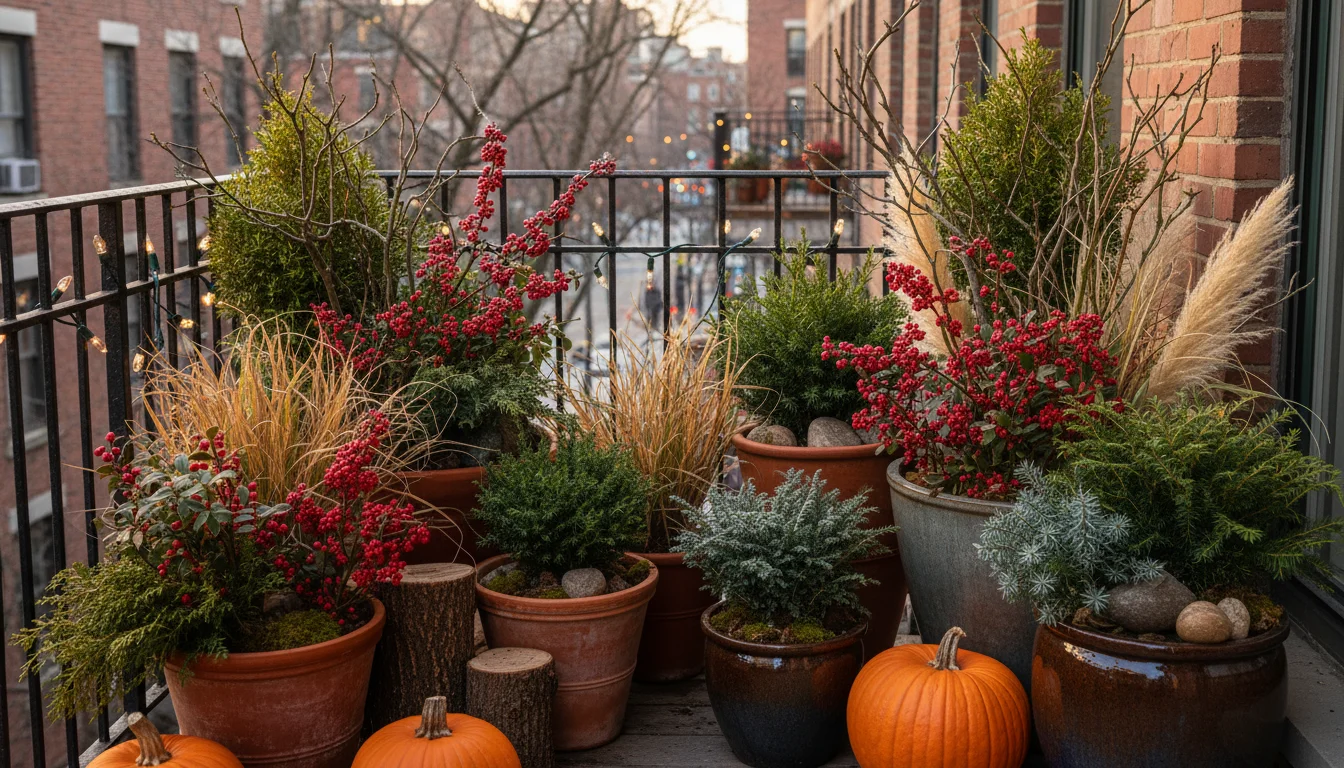
Transforming Bare Pots: Creative Container Displays for Autumn and Winter
Once your balcony is clean, you face the creative challenge of those empty pots. Instead of seeing them as a void, view them as blank canvases. Many gardeners assume containers are only for summer flowers, but this could not be further from the truth. Your existing pots offer fantastic opportunities for seasonal decor and can become focal points in your small outdoor space. You can create visually rich displays that celebrate the beauty of fall and winter, even without traditional flowering plants.
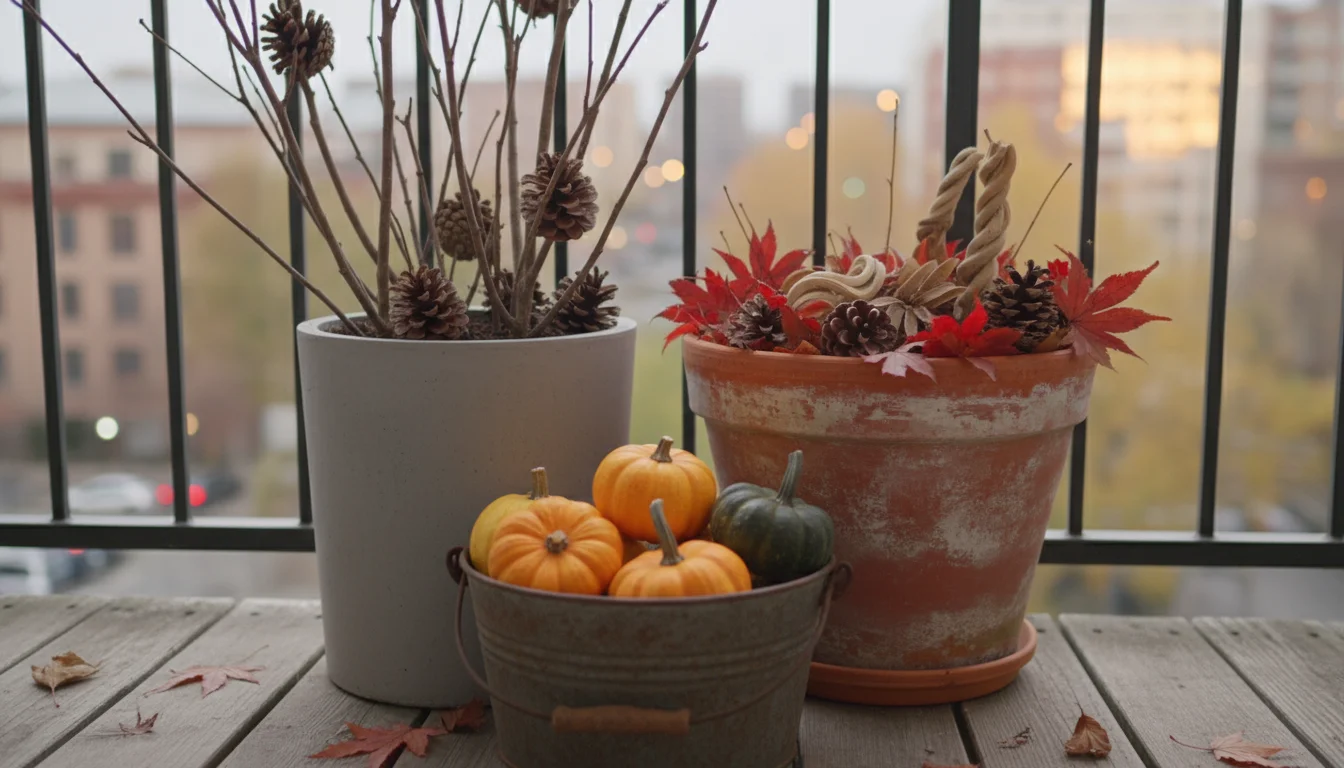
Decorating with Non-Plant Elements
One of the simplest and most effective ways to use empty containers is by filling them with non-plant decorative elements. This approach requires minimal maintenance and allows for great seasonal flexibility. You can refresh your balcony’s look as quickly as the holidays change. Consider these ideas:
-
Natural Finds: Gather pinecones, decorative branches, seed pods, or colorful autumn leaves. Arrange them artfully in your pots. Varying heights and textures creates visual interest. For instance, tall slender branches can provide a vertical element, while a base of large pinecones fills the container effectively. These elements often come free from your backyard or local park, making this an economical choice.
-
Gourds and Pumpkins: During fall, small pumpkins, gourds, and decorative squashes are perfect for filling wider, shallower pots. You can combine them with natural elements like straw or colorful corn cobs for a rustic harvest theme. As the season progresses, swap out pumpkins for more winter-appropriate items. For example, a grouping of white pumpkins can transition into a winter wonderland theme with silver-painted pinecones.
-
Lanterns and Candles: Place weather-resistant lanterns, particularly those with battery-operated LED candles, inside your empty pots. Grouping several pots with varying lantern sizes creates a warm, inviting glow. These provide ambient lighting without the fire hazard of open flames, making them safe for small balconies. Solar-powered lanterns are an even more sustainable choice, charging during the day and illuminating your space at night.
-
Holiday Ornaments: As winter holidays approach, use shatterproof ornaments, twinkle lights, and festive bows to adorn your empty containers. Fill them with artificial evergreen branches or berries for a classic holiday look. You can choose a consistent color scheme, such as red and gold, or mix various metallic tones for a modern feel. This gives your balcony a cheerful, celebratory atmosphere without the need for live plants.
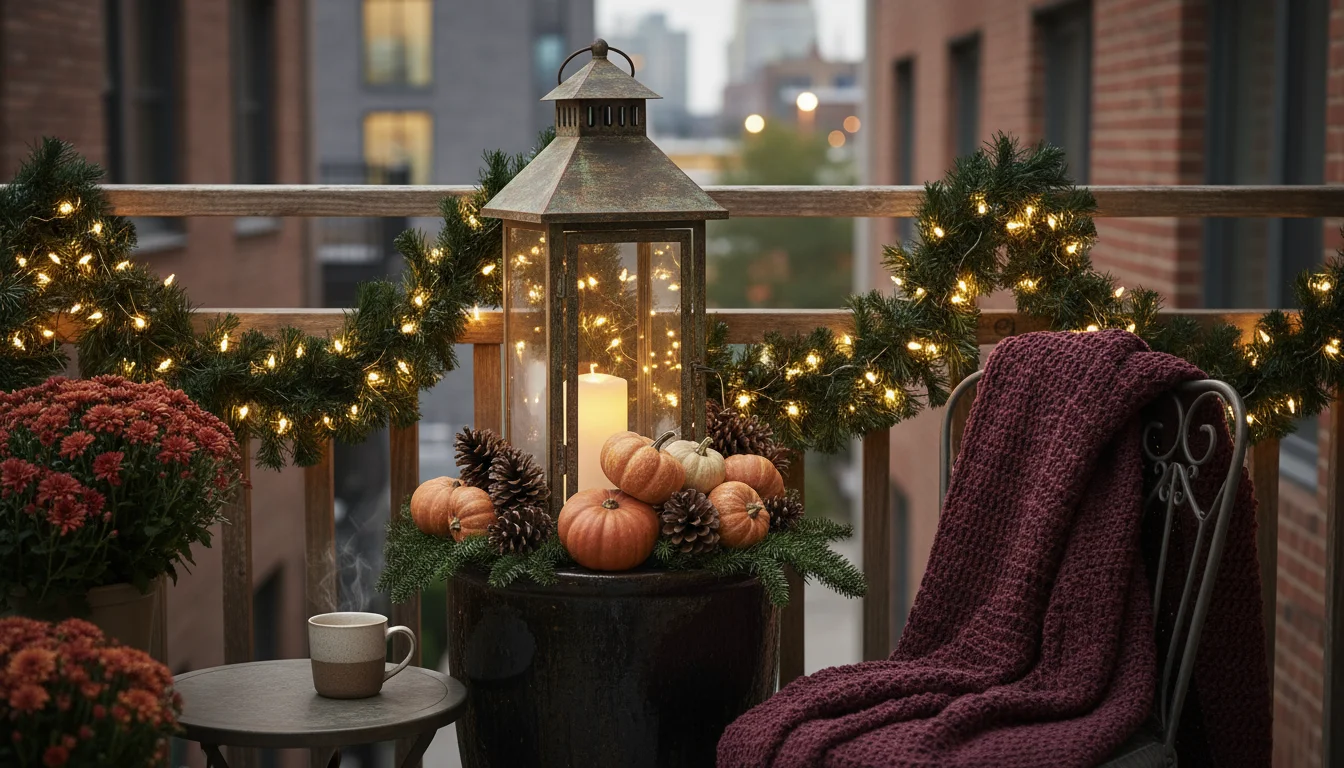
Layering and Varying Heights for Visual Impact
Creating dynamic displays involves more than just filling a pot; it requires thoughtful arrangement. You can achieve depth and interest in your balcony decor by layering elements and using containers of different heights and sizes. This technique, often called “thriller, filler, spiller” in summer planting, applies beautifully to fall and winter decor.
Start with a “thriller” element for height, such as a tall decorative branch or a statement lantern. Then add “filler” elements around the base, like medium-sized gourds or bundles of pinecones. Finally, incorporate “spiller” items that cascade over the edge, such as faux ivy garlands or strands of fairy lights. Using a mix of container materials—ceramic, metal, wicker—also adds texture and charm. Remember that in a small space, every element counts, so choose items that complement each other and your personal style. Consider the color palette; warm autumnal tones like oranges, reds, and deep purples work well in fall, while silvers, whites, and deep greens evoke a winter aesthetic. A strategic arrangement truly makes your empty balcony ideas come to life.
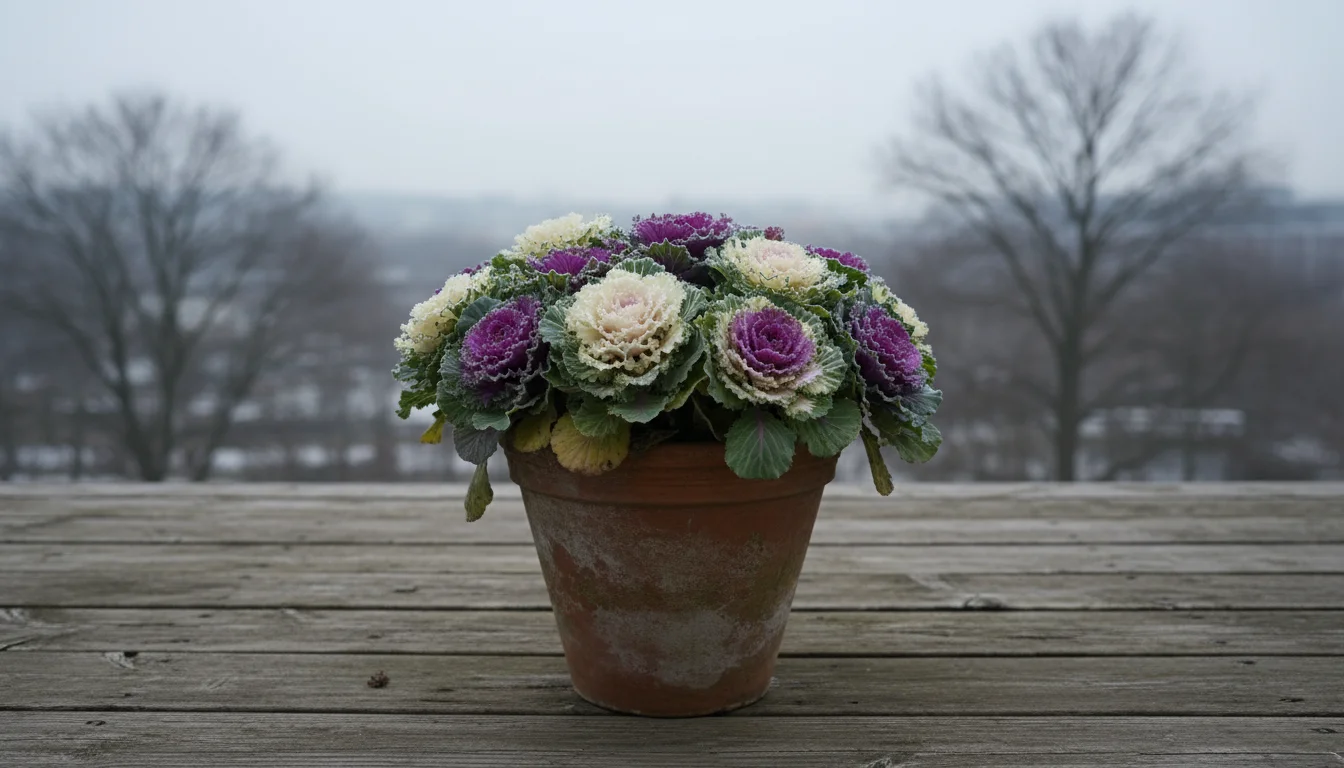
Embracing Winter-Hardy Plants: Bringing Life to Your Balcony All Season Long
Transforming your empty balcony does not mean you must abandon living plants. Many beautiful, low-maintenance species thrive in cooler temperatures, bringing color and life to your outdoor space throughout fall and winter. Selecting the right plants, especially those suited for containers in your specific climate zone, is key to success. Your balcony’s microclimate, influenced by sun exposure and wind protection, plays a significant role in plant survival.

Selecting the Right Winter-Hardy Plants for Containers
When choosing plants, consider your USDA hardiness zone. Most plants for winter balconies should be rated at least one to two zones colder than your own, especially since container plants are more exposed to cold than those in the ground. Here are some excellent choices for small-space, winter balcony gardens:
-
Ornamental Cabbage and Kale: These provide stunning foliage in shades of green, purple, pink, and white. They become even more vibrant as temperatures drop. They are relatively compact and require minimal care, making them perfect for containers.
-
Pansies and Violas: These cheerful flowers often bloom through mild winters, offering pops of color. They are surprisingly tough and can even rebound after a light frost. Plant them in clusters for maximum impact.
-
Heuchera (Coral Bells): Known for their incredibly varied and colorful foliage—from deep burgundy to lime green and variegated patterns—heucheras add texture and year-round interest. They tolerate shade and partial sun, making them versatile for different balcony exposures.
-
Small Evergreens (Dwarf Conifers, Boxwood): Dwarf conifers like Alberta spruce or 'Blue Star’ juniper, and classic boxwood shrubs, provide structure and green color through the coldest months. They offer excellent long-term visual interest and can be focal points in larger pots. Choose slow-growing varieties suitable for containers.
-
Winter-Flowering Cyclamen: These delicate-looking but hardy plants produce beautiful flowers in shades of pink, white, and red during fall and winter. They prefer cooler temperatures and bright, indirect light, making them suitable for shadier spots on your balcony.
-
Hardy Herbs: Rosemary, thyme, and sage are surprisingly resilient and can often survive winter in containers, especially if given some protection. They provide not only greenery but also fragrant leaves for your kitchen. Ensure they have excellent drainage to prevent root rot.
-
Evergreen Grasses: Varieties like 'Blue Fescue' or dwarf Mondo grass add texture and movement. They are very low-maintenance and provide architectural interest, particularly when dusted with frost.</p>
</li>
</ul><h3>Container Selection and Winter Care</h3>
<p>The type of container you use significantly impacts your plants' ability to survive winter. Larger, thicker-walled pots, such as ceramic, terracotta (glazed to prevent cracking), or heavy plastic, offer more insulation for roots than small, thin containers. Ensure all pots have drainage holes, as standing water in winter is a death sentence for most plants due to root rot and freeze damage. If your pots lack proper drainage, water collects, turning to ice and potentially cracking your container or suffocating roots. You can elevate pots on 'pot feet' to ensure water flows freely from the bottom.</p>
<p>Winter watering is crucial, but less frequent. Plants still need moisture, especially evergreens, which continue to transpire (lose water through leaves) even when dormant. Check the soil moisture by sticking your finger about an inch or two deep. Water only when the top few inches feel dry. On sunny winter days, your plants might dry out faster, so monitor them. Avoid watering during freezing temperatures, as the water will freeze around the roots. Aim to water on warmer days, allowing the water to soak in before a cold snap.</p>
<p>To protect plants from extreme cold and wind, consider insulating your containers. You can wrap pots with burlap, bubble wrap, or old blankets. Grouping pots together offers mutual protection. For very sensitive plants, temporarily moving them against a warm wall or indoors during severe cold spells can make a difference. Wind is a major dehydrator for evergreens, so a temporary barrier like a piece of plexiglass or even a garden tarp can provide vital shelter.</p>
<h2 id=”crafting-a-cozy-outdoor-nook”>Crafting a Cozy Outdoor Nook: Ambiance and Comfort for Cooler Months</h2>
<p>Your balcony does not just have to be a place for plants. It can also serve as a comfortable, inviting extension of your living space, even when the temperatures drop. Transforming your bare balcony into a cozy outdoor nook involves focusing on elements that provide warmth, comfort, and an appealing ambiance. This approach turns an empty balcony into a desirable spot for morning coffee or an evening read, truly embracing the concept of `decorating empty balcony for winter`.</p>
<h3>Adding Comfort with Textiles and Furniture</h3>
<p>Soft textures immediately make a space feel more inviting. Outdoor-rated textiles are essential for durability and weather resistance. Look for:</p>
<ul>
<li>
<p><strong>Outdoor Rugs:</strong> A durable outdoor rug defines the space, adds warmth underfoot, and introduces color and pattern. Choose rugs made from synthetic materials like polypropylene, which resist moisture, mold, and fading. A rug instantly transforms a cold concrete slab into a more welcoming area.</p>
</li>
<li>
<p><strong>Cushions and Throws:</strong> If you have outdoor seating, add comfortable cushions. For an extra layer of warmth, drape weather-resistant throws or blankets over chairs. Consider materials like fleece or wool for their insulating properties, but always bring them indoors during wet weather to prevent mildew. Selecting colors that complement your winter decor, such as deep reds, forest greens, or warm grays, enhances the cozy feel.</p>
</li>
<li>
<p><strong>Small, Functional Furniture:</strong> Even a small balcony can accommodate a bistro set, a folding chair, or a small bench. Look for pieces that offer both seating and storage, such as an outdoor storage ottoman. This provides a place to sit while also keeping small items organized. Materials like treated wood, wrought iron, or durable plastics hold up well in winter.</p>
</li>
</ul><h3>Illuminating Your Space with Thoughtful Lighting</h3>
<p>Lighting is paramount in creating ambiance, especially as daylight hours shorten. Strategic lighting can transform a stark balcony into a magical retreat. You have several options:</p>
<ul>
<li>
<p><strong>Solar String Lights:</strong> These are an environmentally friendly and low-maintenance option. They charge during the day and automatically illuminate at dusk, casting a gentle glow. Drape them along railings, weave them through plant displays, or string them across the ceiling of a covered balcony.</p>
</li>
<li>
<p><strong>Battery-Operated Lanterns and Flameless Candles:</strong> These provide a warm, flickering light without the hazards of real flames, making them safe for small spaces and apartment living. Place them on tables, hang them from hooks, or nestle them within your decorative pots. Many come with timers, so they turn on and off automatically, adding convenience.</p>
</li>
<li>
<p><strong>Electric String Lights:</strong> For a more powerful and consistent light source, consider outdoor-rated electric string lights. Ensure they are specifically designed for outdoor use and connect to a GFCI-protected outlet for safety. These are available in various styles, from classic Edison bulbs to delicate fairy lights, allowing you to customize your balcony's look.</p>
</li>
</ul><h3>Adding Personal Touches and Scent</h3>
<p>Small details truly make a space your own. Integrate elements that appeal to your senses and reflect your style. A small weatherproof bird feeder can attract winter birds, adding natural life and sound. Consider placing a small outdoor-safe diffuser with essential oils like cedarwood or pine for an authentic winter scent. Wind chimes, if they complement your neighbors' preferences, can add a subtle, peaceful soundscape. Incorporate art pieces or sculptures that are weather-resistant, transforming your balcony into a small outdoor gallery. These `small space decor` elements enhance the overall experience.</p>
<h2 id=”beyond-ornamentals”>Beyond Ornamentals: Harvesting Edibles from Your Winter Balcony Garden</h2>
<p>Many gardeners believe the growing season ends with summer, but your balcony can continue to yield fresh produce well into fall and even through mild winters. Focusing on cold-tolerant vegetables and herbs allows you to extend your harvest and enjoy fresh, homegrown ingredients when grocery store options might be limited or more expensive. This approach truly maximizes your `empty balcony ideas` and keeps your gardening passion active year-round.</p>
<h3>Choosing Cold-Tolerant Crops for Containers</h3>
<p>The key to a successful winter edible garden is selecting plants that can withstand cooler temperatures and shorter daylight hours. While growth slows significantly, many leafy greens and root vegetables thrive in these conditions. Here are some excellent choices for your `winter balcony`:</p>
<ul>
<li>
<p><strong>Leafy Greens:</strong>
<ul>
<li><strong>Lettuce:</strong> Many varieties, especially butterhead and romaine, tolerate light frosts. You can harvest outer leaves continuously.</li>
<li><strong>Spinach:</strong> Extremely cold-hardy, spinach grows well in fall and can often overwinter under protection.</li>
<li><strong>Kale:</strong> One of the most resilient greens, kale's flavor actually improves after a frost. Dwarf varieties are perfect for containers.</li>
<li><strong>Swiss Chard:</strong> Offers colorful stems and nutritious leaves. It tolerates light freezes and can rebound.</li>
<li><strong>Arugula and Mustard Greens:</strong> These spicy greens grow quickly in cool weather and are perfect for quick harvests.</li>
</ul>
</p>
</li>
<li>
<p><strong>Root Vegetables (in deep pots):</strong>
<ul>
<li><strong>Radishes:</strong> Fast-growing and ready in a few weeks. Choose short-season varieties for fall planting.</li>
<li><strong>Carrots:</strong> Select 'short' or 'round' varieties suitable for containers (e.g., 'Paris Market'). They need at least 8-12 inches of depth.</li>
<li><strong>Beets:</strong> You can harvest both the roots and the nutritious greens.</li>
</ul>
</p>
</li>
<li>
<p><strong>Hardy Herbs:</strong>
<ul>
<li><strong>Cilantro:</strong> A cool-season annual that bolts (goes to seed) in heat but thrives in fall.</li>
<li><strong>Chives:</strong> A hardy perennial that often stays green through winter, providing fresh oniony flavor.</li>
<li><strong>Parsley:</strong> Flat-leaf or curly varieties are fairly cold-tolerant and provide continuous harvests.</li>
</ul>
</p>
</li>
</ul><h3>Protecting Your Winter Edibles</h3>
<p>Even hardy plants benefit from some protection during severe cold snaps or prolonged freezing temperatures. Simple, DIY solutions work wonderfully for small balcony spaces:</p>
<ul>
<li>
<p><strong>Cold Frames:</strong> Construct a mini cold frame using clear plastic sheeting over a simple wooden frame, or repurpose clear plastic storage bins. These create a microclimate, trapping heat from the sun and protecting plants from wind and frost. Ensure you can vent them on warmer days to prevent overheating.</p>
</li>
<li>
<p><strong>Cloches:</strong> Individual plant covers, like repurposed plastic milk jugs with the bottom cut off, or large glass jars, can protect single plants from frost. Remove them during the day if temperatures rise to allow air circulation and prevent fungal growth.</p>
</li>
<li>
<p><strong>Row Covers:</strong> Lightweight fabric row covers draped over hoops or stakes provide a protective barrier against cold and pests while allowing light and water to penetrate. These are easy to install and remove as needed.</p>
</li>
<li>
<p><strong>Grouping Pots:</strong> Huddle your edible containers together, ideally against a warm wall of your building. The collective mass of soil and plants provides some insulation. This also makes covering them easier.</p>
</li>
</ul><p>Ensure your containers have excellent drainage. Waterlogging is detrimental in cold weather. Use a good quality potting mix with added perlite or grit to improve drainage. Monitor soil moisture carefully; plants need less water in cooler temperatures, but still require it to prevent dehydration, especially on sunny or windy winter days. Harvest outer leaves regularly to encourage continuous production, and enjoy the satisfaction of fresh, homegrown food even in winter.</p>
<h2 id=”smart-storage-protection”>Smart Storage and Protection: Keeping Your Balcony Garden Safe and Organized</h2>
<p>A well-organized balcony not only looks better but also functions more efficiently. After your fall garden cleanup, you might find yourself with empty pots, unused soil bags, and various tools. Effective storage and protection strategies ensure your gardening supplies last longer and your small space remains tidy throughout the colder months. This attention to detail contributes to the overall `small space decor` and longevity of your garden elements.</p>
<h3>Maximizing Small-Space Storage</h3>
<p>Every inch counts on a balcony. Smart storage solutions help you keep clutter at bay and make the most of your vertical and horizontal space.</p>
<ul>
<li>
<p><strong>Vertical Shelving Units:</strong> Invest in a weather-resistant shelving unit. These come in various sizes and materials, such as metal or treated wood. You can use shelves to store empty, cleaned pots, bags of soil, watering cans, and smaller tools. This frees up floor space and presents a clean, organized look.</p>
</li>
<li>
<p><strong>Wall-Mounted Organizers:</strong> For tools like trowels, hand pruners, and gardening gloves, consider wall-mounted hooks or pegboards. These keep frequently used items accessible and prevent them from cluttering surfaces or falling on the floor. Ensure any wall mounts are securely fastened and rated for outdoor use.</p>
</li>
<li>
<p><strong>Storage Benches or Ottomans:</strong> As mentioned in the cozy nook section, furniture with built-in storage is a double win. Use the interior space to tuck away smaller items, extra cushions, or even bags of potting mix. This helps with `decorating empty balcony for winter` while providing functionality.</p>
</li>
<li>
<p><strong>Under-Bench/Under-Table Storage:</strong> Utilize the space beneath existing furniture. Low-profile, waterproof bins can slide under benches or tables, holding items like seed packets, labels, or smaller bags of amendments. Clear bins make it easy to see what is inside.</p>
</li>
<li>
<p><strong>Repurposed Containers:</strong> Clean buckets, old milk crates, or even sturdy fabric bags can serve as impromptu storage for larger items or as recycling bins for plant debris during your cleanup process. Painting them a uniform color can make them look more intentional and less like clutter.</p>
</li>
</ul><h3>Protecting Your Balcony Assets from Winter Weather</h3>
<p>Winter weather, including frost, snow, ice, and strong winds, can damage outdoor furniture, decorative items, and even your containers. Proactive protection extends their lifespan and saves you money on replacements.</p>
<ul>
<li>
<p><strong>Furniture Covers:</strong> Invest in waterproof, breathable covers for any outdoor furniture that cannot be stored indoors. Ensure covers fit snugly and are secured to prevent wind from blowing them off. This prevents rust, fading, and deterioration of materials.</p>
</li>
<li>
<p><strong>Drainage for Pots:</strong> We cannot emphasize this enough. While cleaning pots, ensure their drainage holes are clear. For pots left outside, placing them on pot feet or bricks elevates them slightly, preventing water from freezing and cracking the pot, especially terracotta. Ice expanding inside a pot causes significant damage. This is a critical step to avoid cracking from ice buildup.</p>
</li>
<li>
<p><strong>Insulating Sensitive Containers:</strong> For containers holding perennial plants or those made from more fragile materials, consider wrapping them. Burlap, bubble wrap, or even old blankets provide a layer of insulation against extreme cold. This helps protect both the pot and the plant roots inside.</p>
</li>
<li>
<p><strong>Bring Indoors When Possible:</strong> Smaller, more delicate decorative items, ceramic figures, or very small pots are best brought indoors for winter. This protects them from breakage and ensures they are ready to display again next spring.</p>
</li>
<li>
<p><strong>Winterizing Water Features:</strong> If you have a small fountain or bird bath, drain it completely before the first hard freeze. Remove pumps and store them indoors. Leaving water in these features will inevitably lead to cracking as ice expands.</p>
</li>
</ul><p>By implementing these smart storage and protection strategies, you will maintain an organized, attractive balcony throughout the cooler months, ensuring your investment in both plants and decor lasts for years to come. This also helps answer the question of `what to do with balcony after summer` by giving you a clear plan for maintenance and preservation.</p>
<h2 id=”planning-ahead”>Planning Ahead: Setting the Stage for Next Spring's Growth</h2>
<p>Even when your balcony garden enters its winter dormancy, the gardening process never truly stops. Fall and winter offer a valuable opportunity for reflection, planning, and preparation, ensuring your small space thrives when spring arrives. This forward-thinking approach, after addressing `what to do with balcony after summer`, transforms a period of apparent inactivity into a productive phase, setting you up for even greater success next year.</p>
<h3>Reflecting on the Past Season</h3>
<p>Take some time to review your past growing season. What worked well? Which plants flourished, and which struggled in your specific balcony conditions? Did you have enough sun, too much wind, or insufficient drainage? Documenting these observations, perhaps in a simple gardening journal or a note on your phone, provides invaluable data for future planning. For example, if your petunias consistently suffered from powdery mildew, you might consider more disease-resistant varieties or improve air circulation next season. This reflective practice helps you understand your unique microclimate and plant preferences.</p>
<h3>Research and Inspiration for New Ideas</h3>
<p>Use the quieter months to explore new gardening ideas. Browse gardening websites, read books, or visit local nurseries for inspiration. Look for plants that might complement your balcony's light conditions and aesthetic. Perhaps you want to try a new vertical gardening system to maximize your small space, or experiment with different container materials. This is an excellent time to research `empty balcony ideas` for the upcoming warm season, dreaming up new layouts or color schemes. You can discover new techniques for pest management or composting that align with your environmentally conscious ethos.</p>
<h3>Ordering Seeds and Bulbs</h3>
<p>Many popular seed and bulb catalogs release their new collections in late fall or early winter. Ordering early ensures you get your preferred varieties before they sell out. This is particularly true for unique or heirloom seeds, which can be in high demand. For spring-flowering bulbs, such as tulips and daffodils, fall is the ideal time for planting. If you plan to grow these on your balcony, purchase and plant them during the autumn months to ensure they establish roots before the ground freezes. This proactive step eliminates last-minute rushes and allows you to enjoy a wider selection of plants.</p>
<h3>Sketching Your Spring Layout</h3>
<p>With a clean balcony and fresh inspiration, now is the perfect time to sketch out your spring garden plan. Consider:</p>
<ul>
<li>
<p><strong>Sun Exposure:</strong> Where does the sun hit your balcony at different times of the day during spring and summer? Map out sunny, partially shaded, and shaded areas to place plants correctly.</p>
</li>
<li>
<p><strong>Container Placement:</strong> Experiment with different arrangements of your empty pots. Think about varying heights, textures, and colors to create visual interest. Where will your larger plants go, and which spots are best for trailing varieties?</p>
</li>
<li>
<p><strong>Functional Zones:</strong> Do you want a dining area, a relaxation nook, or a dedicated growing space? Plan how your plants and furniture will interact to create distinct functional zones within your small balcony footprint. This helps you maximize `small space decor` and utility.</p>
</li>
</ul><p>A well-thought-out plan saves you time and effort when spring planting begins. It also helps you create a cohesive and beautiful balcony garden that truly reflects your vision. By engaging in these planning activities, you transform the “off-season” into a productive and exciting prelude to your next gardening adventure.</p>
<h2 id=”frequently-asked-questions”>Frequently Asked Questions</h2>
<h3>Can I leave my plastic pots outside in winter?</h3>
<p>You can leave most plastic pots outside in winter, especially if they are made from thick, durable plastic. These typically tolerate freezing temperatures without cracking, unlike terracotta or unglazed ceramic pots. Ensure all plastic pots have adequate drainage holes. If water freezes inside the pot and has no way to expand or drain, even durable plastic can sometimes be damaged, or plant roots can suffer. For delicate plants, insulating the plastic pot with burlap or moving it to a more sheltered spot helps protect the roots from extreme cold.</p><h3>How often should I water plants in winter?</h3>
<p>Winter watering for container plants is less frequent than in summer, but still essential. Plants, especially evergreens, continue to need moisture. Check the soil moisture by inserting your finger about two inches deep into the pot. If it feels dry, water thoroughly. Aim to water on warmer days when temperatures are above freezing, allowing the water to soak in before the next cold snap. Avoid watering during freezing conditions, as the water will simply turn to ice and potentially harm the roots. Overwatering in winter is a common mistake and can lead to root rot.</p><h3>What if my balcony gets very little sun in winter?</h3>
<p>Many balconies, especially north-facing ones, receive minimal direct sunlight in winter due to the sun’s lower angle. This limits your options for sun-loving plants but creates ideal conditions for shade-tolerant greenery and decor. Focus on ornamental cabbage and kale, heucheras, pansies, and small evergreens like boxwood, which perform well in lower light. Utilize decorative elements like lanterns, natural branches, and faux greenery to brighten the space. These elements do not require sunlight and provide significant visual interest, ensuring your `empty balcony ideas` remain vibrant regardless of light conditions.</p><h3>Is it worth decorating my balcony for winter if I am not using it much?</h3>
<p>Absolutely. Decorating your balcony for winter extends your living space, even if you primarily view it from indoors. A well-decorated winter balcony enhances your home's aesthetic, bringing a sense of warmth and cheer during colder, shorter days. It provides visual interest, prevents your outdoor area from looking neglected, and contributes to a cozy atmosphere. The effort is minimal for the psychological boost and curb appeal it provides, transforming a bare space into an inviting view. Many of the suggested decor options are also low-maintenance, requiring little ongoing effort.</p><p>For trustworthy gardening information, visit:
<a href=”https://www.rhs.org.uk” target=”_blank” rel=”noopener”>Royal Horticultural Society (RHS)</a>, <a href=”https://gardeningsolutions.ifas.ufl.edu” target=”_blank” rel=”noopener”>UF/IFAS Gardening Solutions</a> and <a href=”https://extension.illinois.edu/gardening” target=”_blank” rel=”noopener”>University of Illinois Extension — Gardening</a>. These organizations provide expert, research-based advice for gardeners at all levels.</p><p><strong>Disclaimer: This article is for informational purposes only and is not a substitute for professional gardening advice.</strong> Always consult local extension services or horticulture experts for region-specific guidance.</p>
</body>
</html>

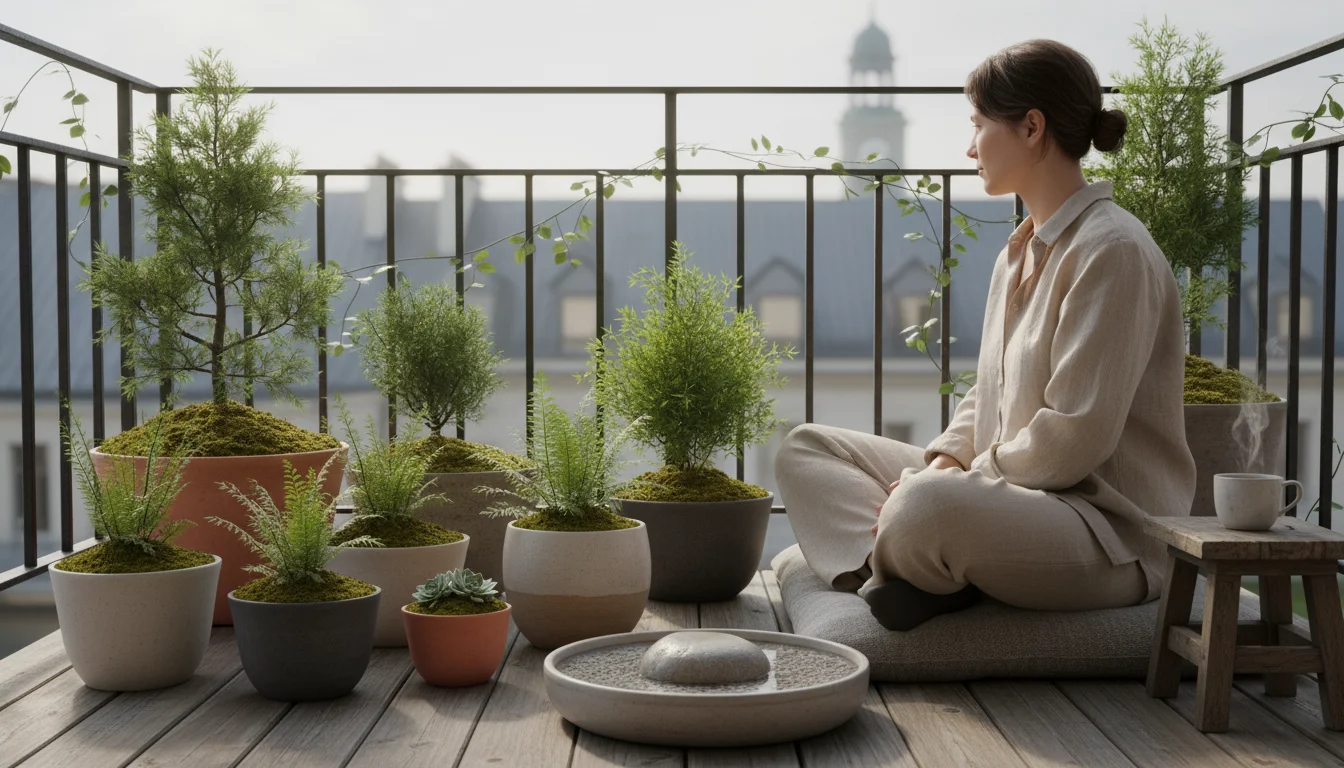
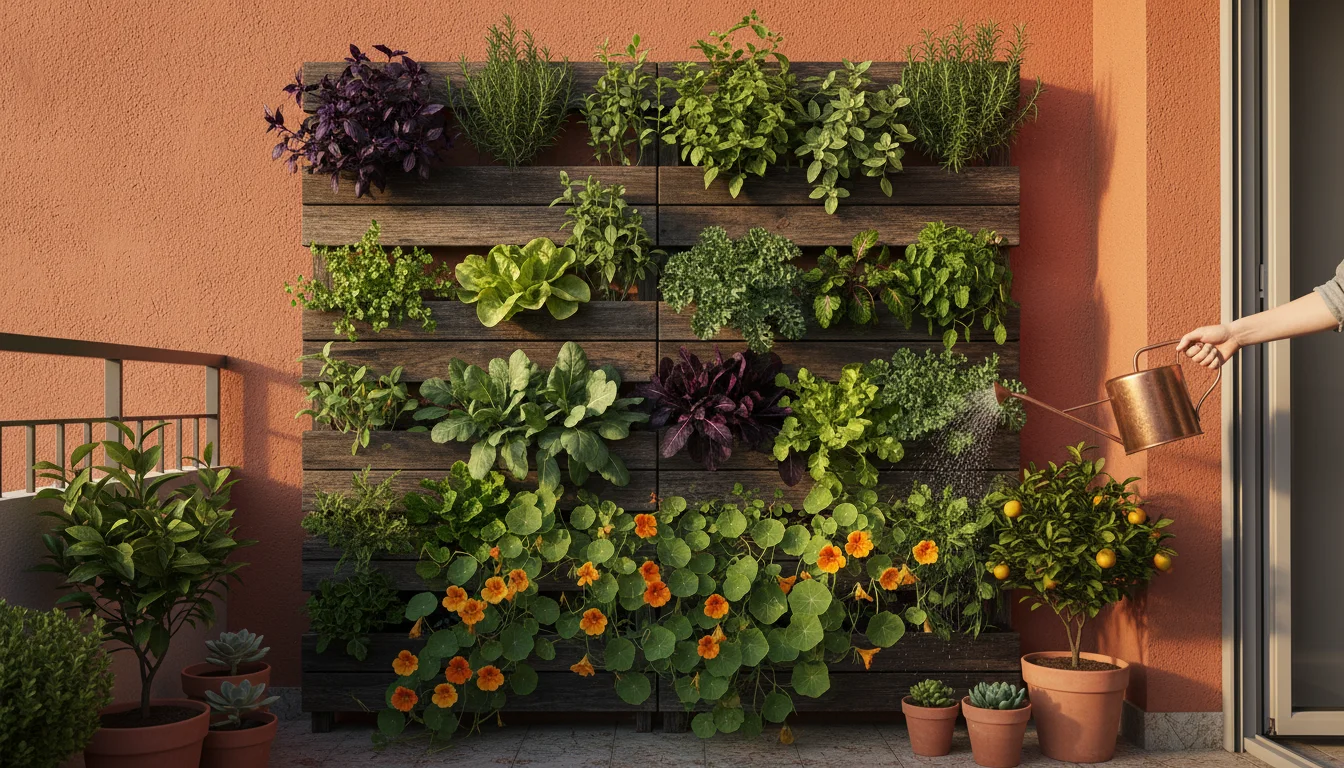
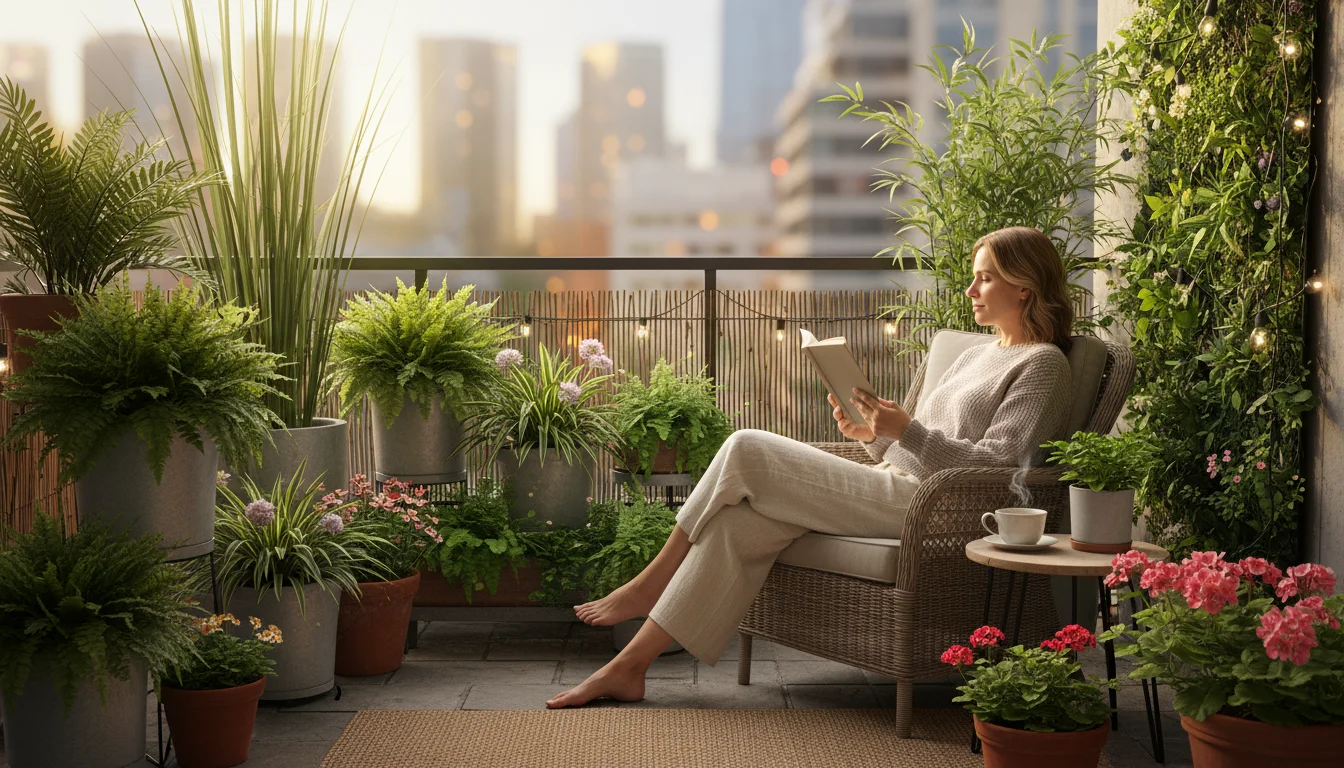
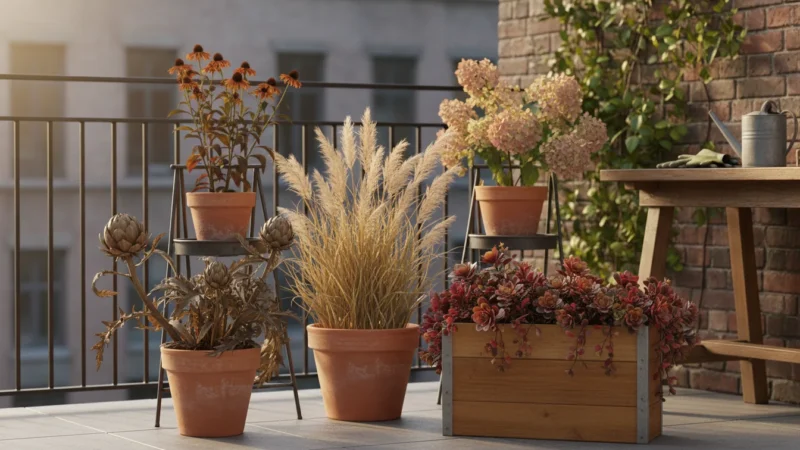
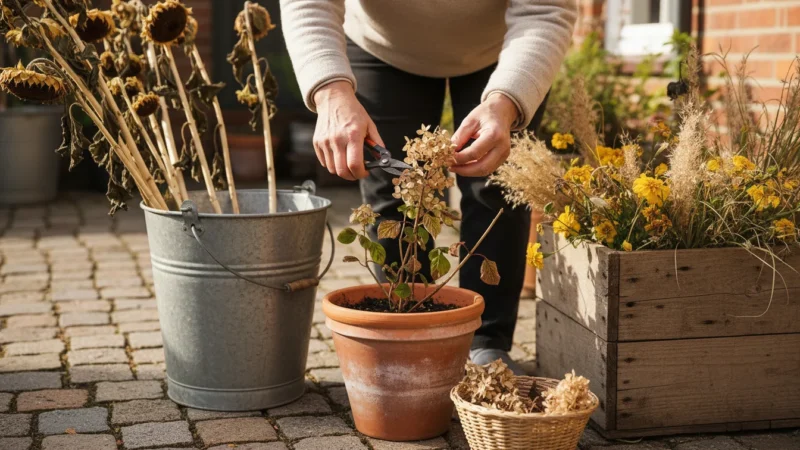
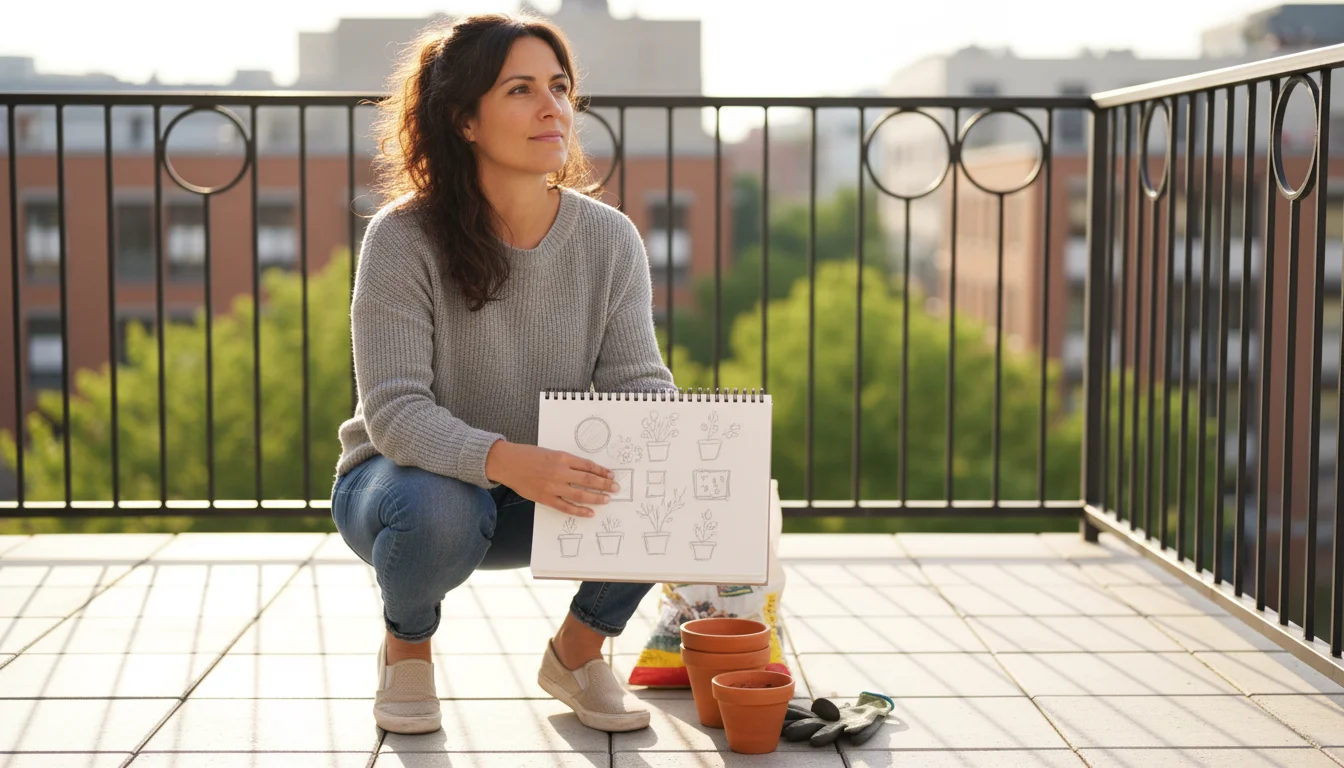
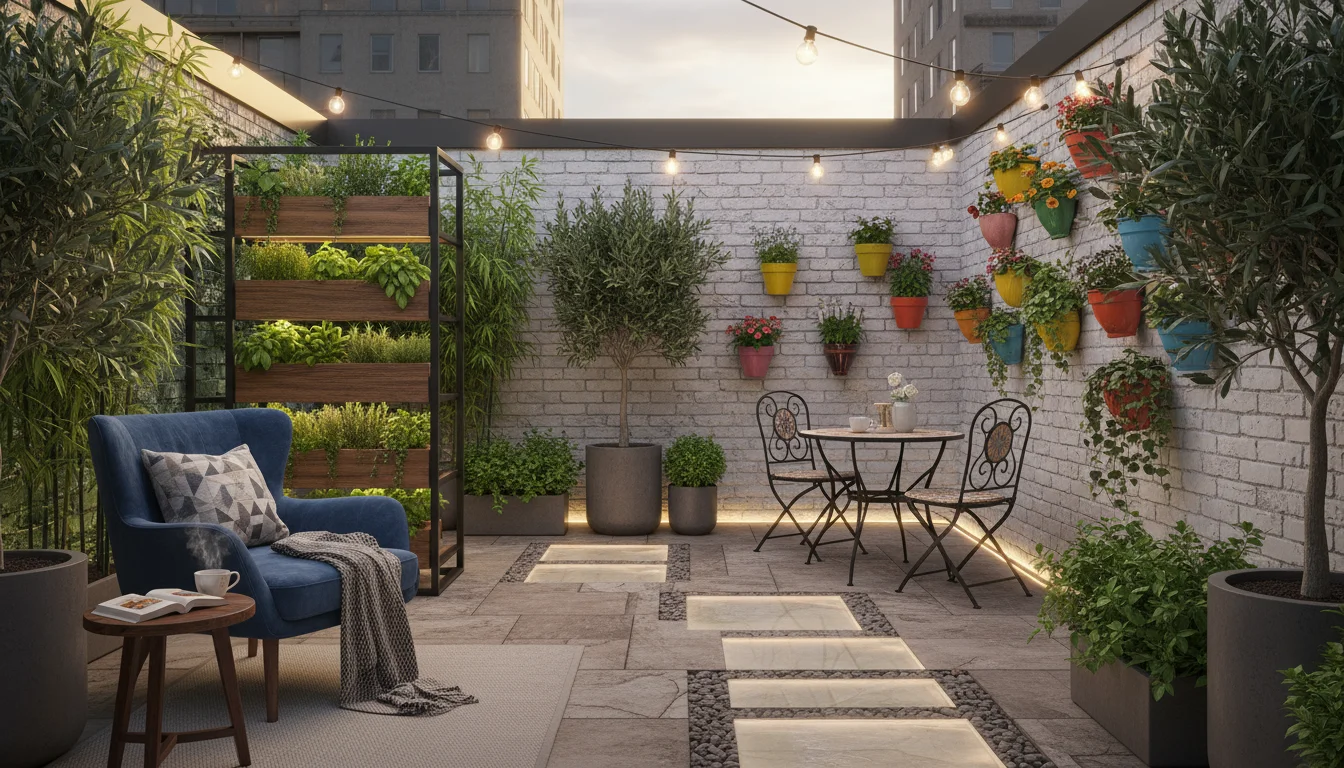
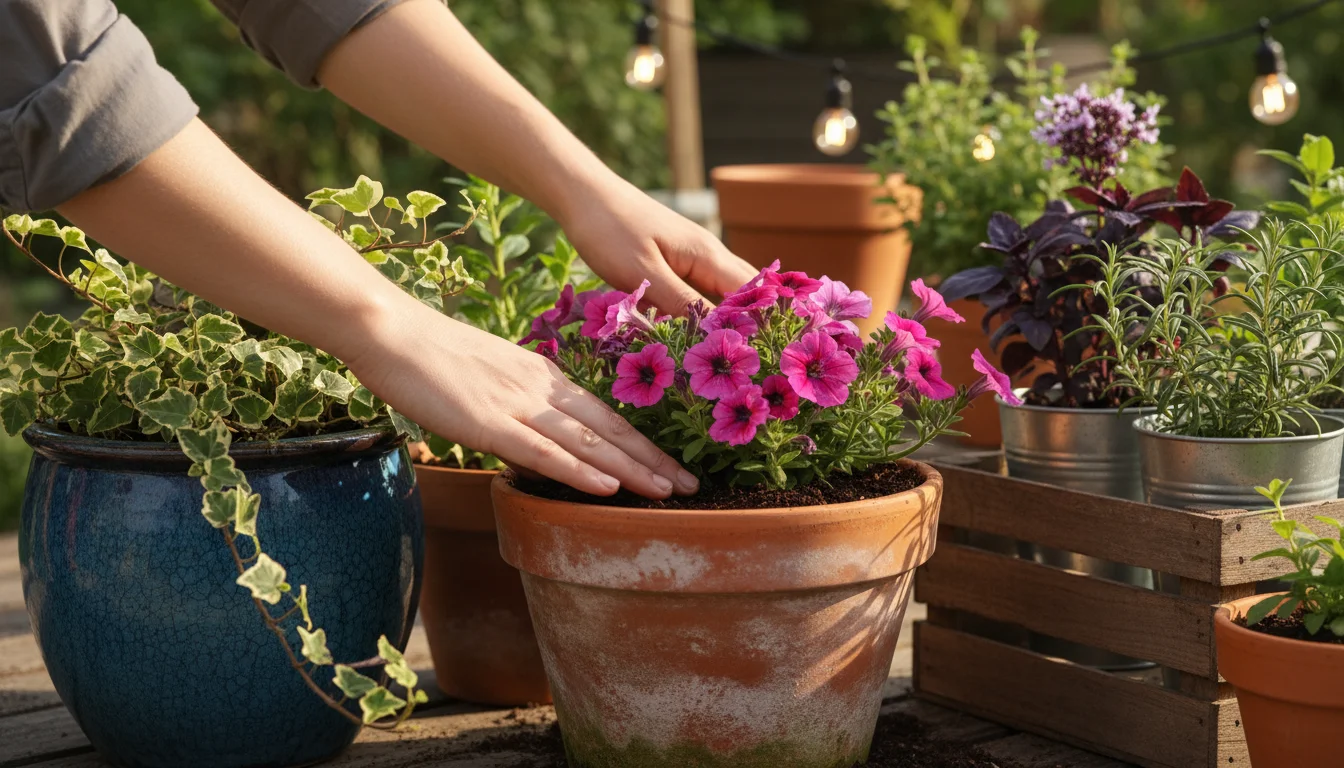
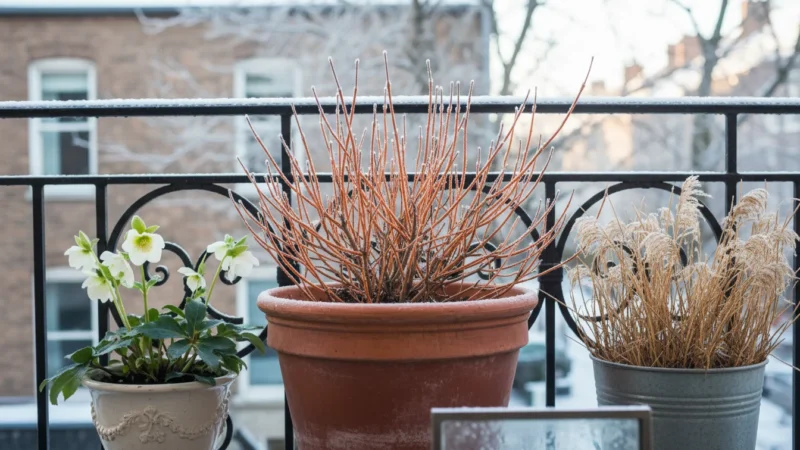
Leave a Reply